Expanding Possibilities with Canadian Wood: Interview with Furniture Designer Taylor West
We recently sat down with furniture designer Taylor West to explore his experiences working with Canadian wood species. A second-generation designer and industry veteran, West has worked extensively with manufacturers around the globe to create furniture that resonates with today’s consumers. In this Q&A, he shares his insights on the growing potential of Canadian wood species, Western Hemlock and Douglas-fir, as versatile, sustainable materials that can achieve a diversity of looks.
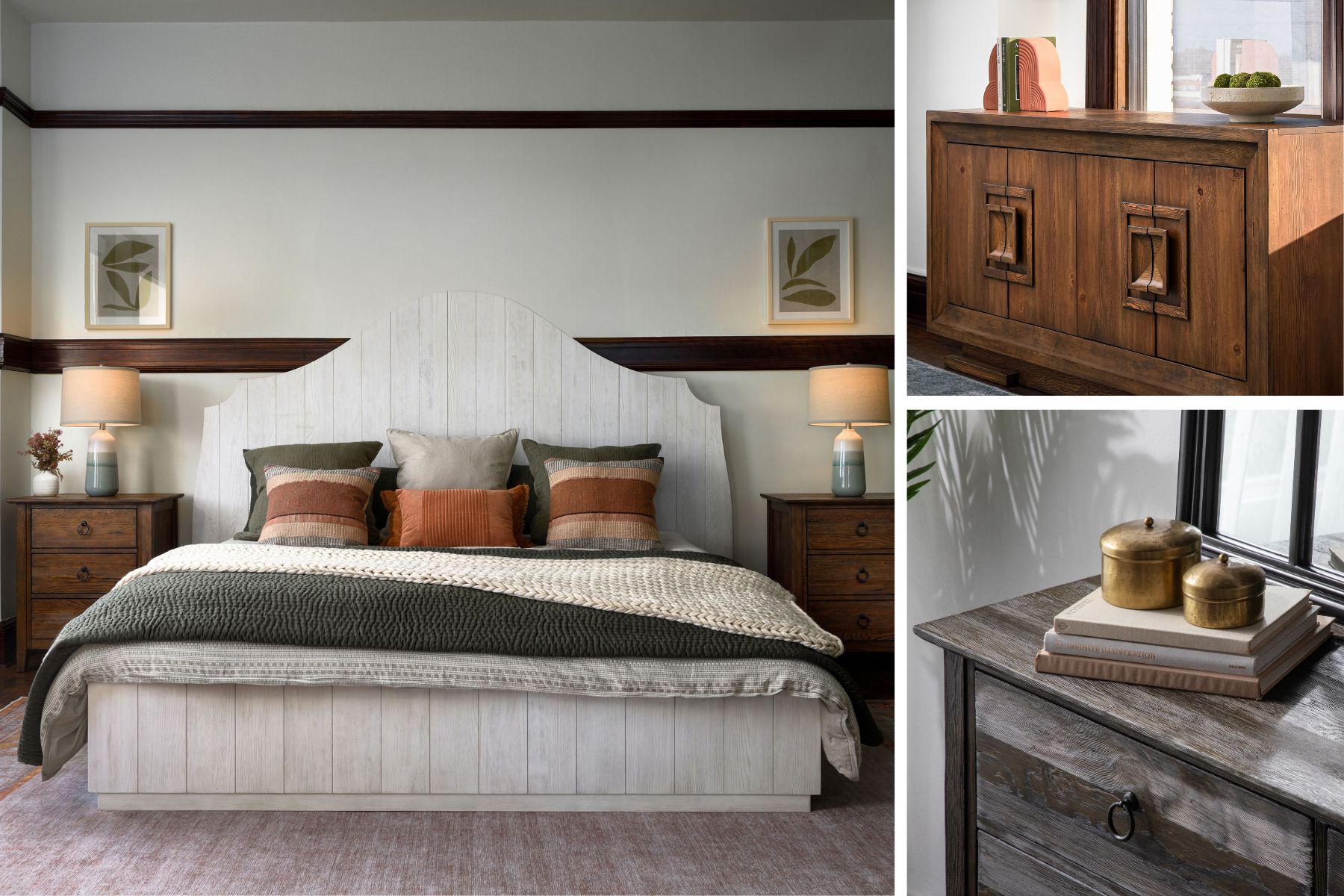
Can you share a little bit about your background and experience in the furniture design business?
I grew up in the family business, which was founded in 1978, so furniture has been a part of my life for as long as I can remember. I started working in furniture factories during high school, went on to study at Kendall College of Art and Design, and eventually joined our firm after finishing my formal studies. Today, I help lead a team of 12 employees, working with a diverse range of professionals across the furniture sector, covering everything from affordable entry-level pieces to high-end furniture. We create styles that span from contemporary and modern to elaborate, more traditional designs. We work on products sold globally, with a strong focus on North America..
What are the key factors that influence your choice of wood species when it comes to furniture designs?
Choosing the right wood depends on several factors. Style is the primary driver, but we also consider the target customer’s preferences. We’re designing for a range of consumers with different considerations and needs, so we examine what resonates with that demographic, along with finding the right price points. We create mood boards, analyze palettes, and evaluate textures. The wood’s grain, workability, and ability to take finishes—whether it’s wire brushed for a rustic look or kept sleek—are crucial, along with trends in color preferences. The ability to take on a wide range of hues is a big consideration. Each design decision aligns with the story we want the piece to tell, and it’s very much an iterative process.
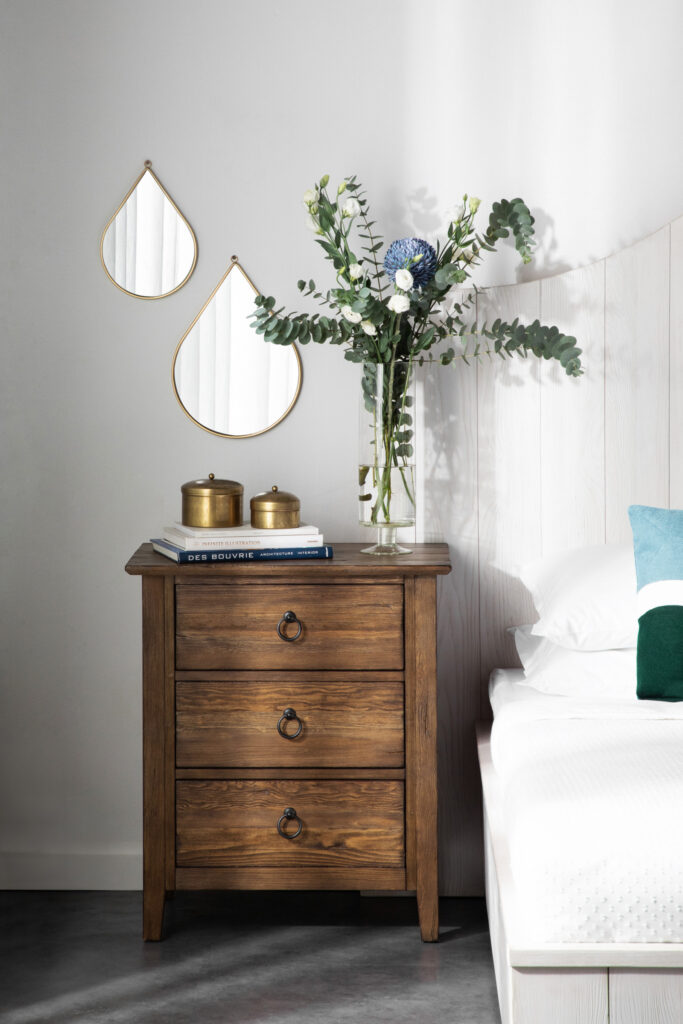
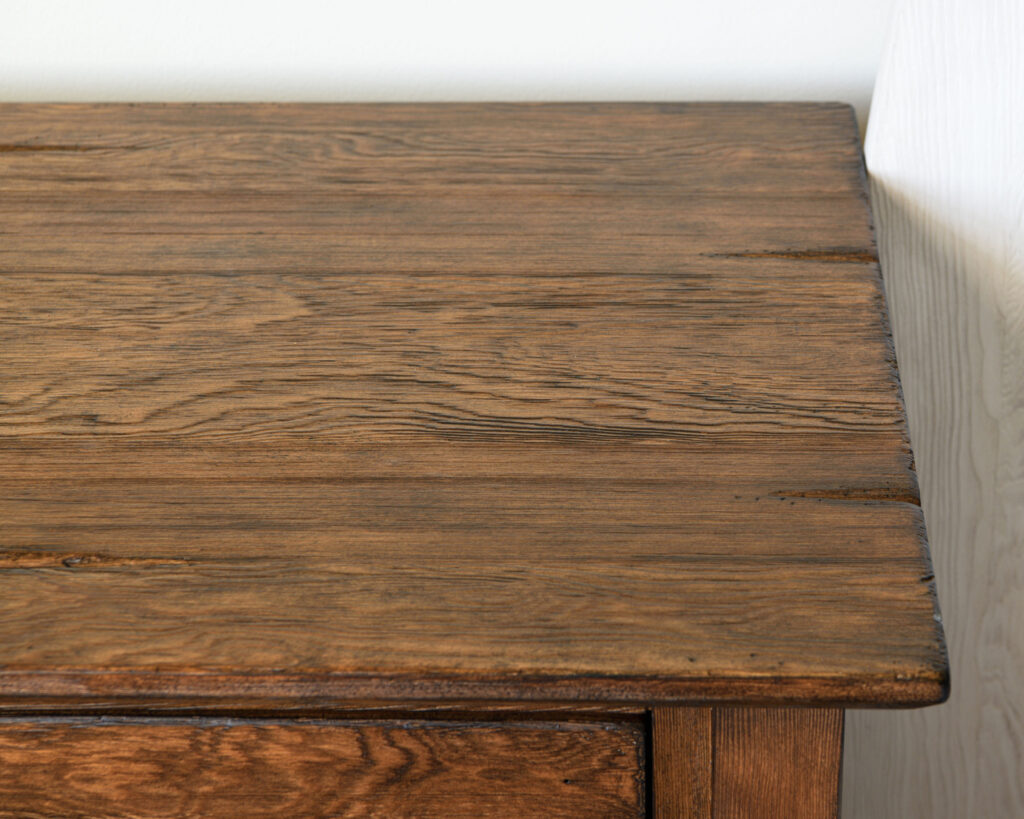
“Western Hemlock was a revelation for us. It’s a soft-grain wood that offers a fresh alternative to oak, which is often overused. Its ability to take finishes, especially sandblasting and wire brushing, is exceptional. It has a softer, more casual feel, making it perfect for current design trends.“
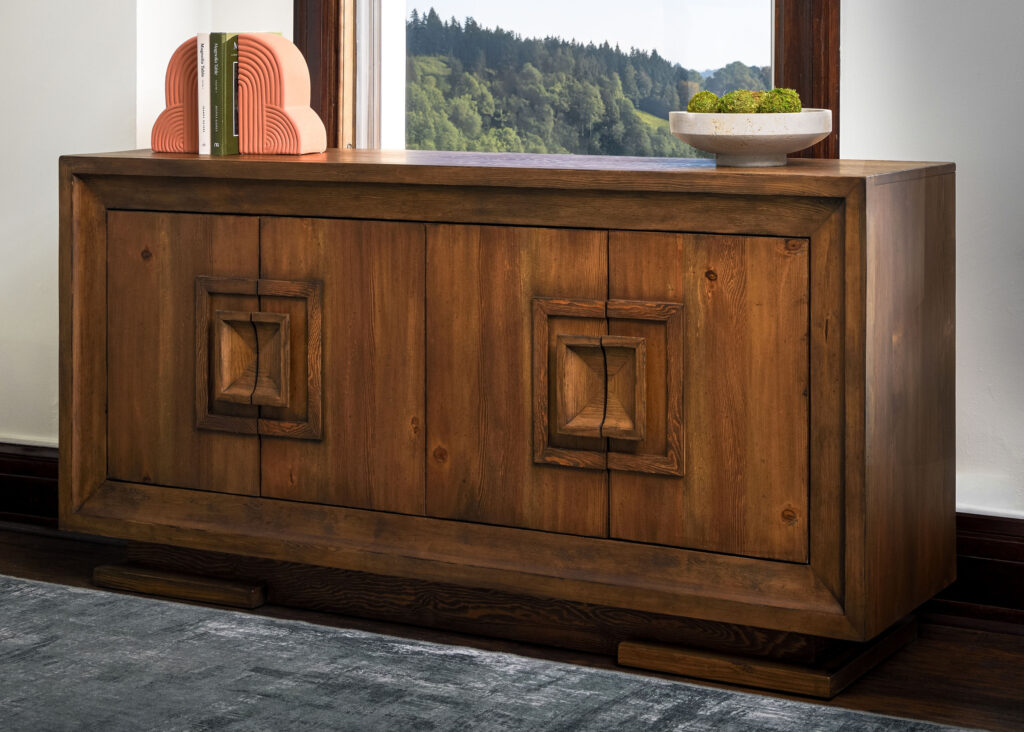
You’ve worked extensively with Canadian Western Hemlock and Douglas-fir during Canadian Wood furniture trials. Can you elaborate on your experience with these species?
Western Hemlock was a revelation for us. It’s a soft-grain wood that offers a fresh alternative to oak, which is often overused. Its ability to take finishes, especially sandblasting and wire brushing, is exceptional. It has a softer, more casual feel, making it perfect for current design trends. Douglas-fir has a more pronounced grain and works well when you want to highlight or enhance its natural beauty. Its denser texture works wonderfully for pieces where you want the natural character of the wood to make a strong statement. While we primarily focused on Western Hemlock, both species showcased great potential in terms of workability and finish variety.
Western Hemlock stood out in your trials. What are its key characteristics and benefits?
Western Hemlock is a bit of a hidden gem—it offers the aesthetic flexibility designers are looking for, while being easier to work with than many other species. We discovered it sandblasted and wire brushed beautifully—better than most wood species, so that’s a huge benefit to using Western Hemlock. Its ability to bridge the gap between modern and traditional styles, without compromising on quality or visual appeal, makes it a great species in our design repertoire. One of its standout features is its flexibility in finishes. Whether sandblasted, wire brushed, or stained, it retains its texture and character. It’s also softer than oak, making it easier to work with, yet it doesn’t sacrifice visual appeal. It takes light stains and dark charcoals equally well, and its natural grain has a subtle elegance that appeals to a wide range of consumers. It’s softness in texture allows us to create pieces that are both visually compelling and aligned with the softer, more casual feel that consumers are looking for today. Its grain isn’t overly dominant, which makes it good for designs where subtlety and elegance take center stage. This aligns with the trend toward inviting, approachable interiors. Another advantage is its lightweight, especially for solid wood dining chairs, where practicality meets design. Its lighter weight means we can create solid wood designs—like dining chairs—that are practical to move and still retain a sturdy, durable build.
Looking ahead, what trends do you see shaping the future of furniture design?
Design is moving toward classic lines with a modern twist, often described as “new colonial.” Finishes are becoming warmer and more inviting, moving away from stark whites toward soft, cozy tones. Western Hemlock’s adaptability makes it a good fit across different styles, from sleek contemporary spaces to homes with a more traditional aesthetic. As designers, we’re constantly searching for alternatives to overused materials that are limited in their look and feel. Western Hemlock has opened up exciting new possibilities for creative exploration. There’s also a growing emphasis on sustainability, with consumers increasingly more curious about materials that are a more environmentally responsible choice—something Canadian species can help offer. And overall, we’re leaning towards timeless shapes and warm textures, and Canadian species, such as Western Hemlock, are providing a versatile canvas that can look modern or traditional, and take various treatments and stains, depending on the finish and aesthetic needed.
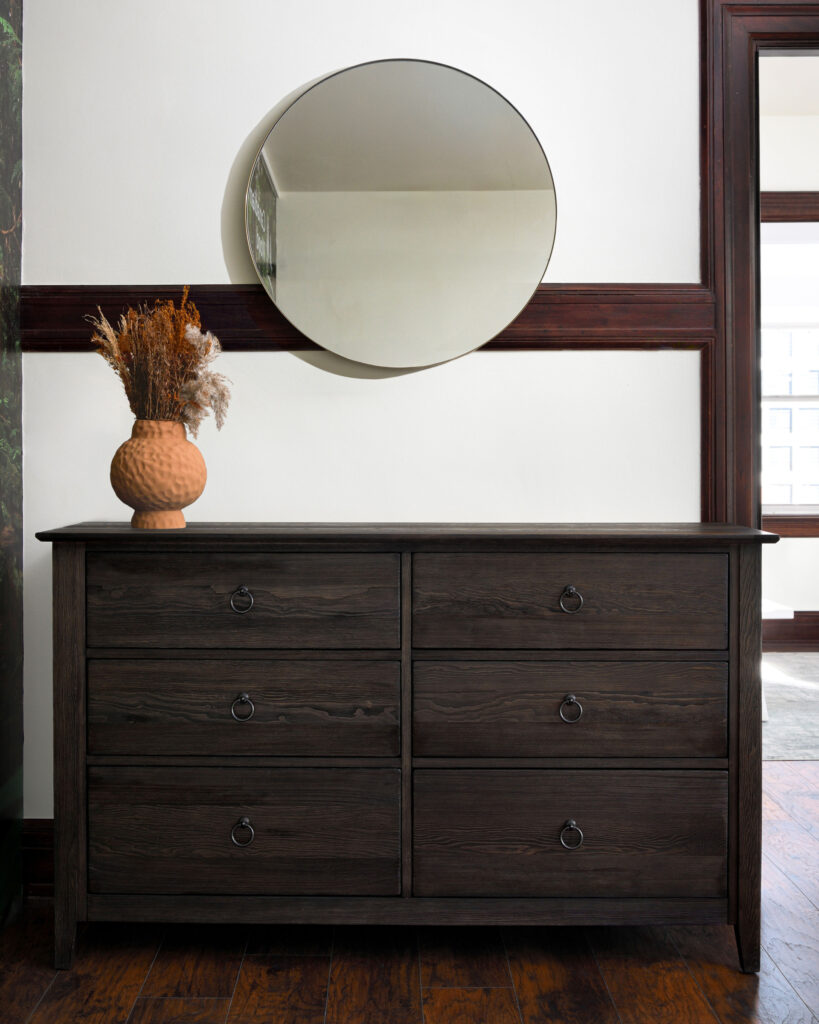
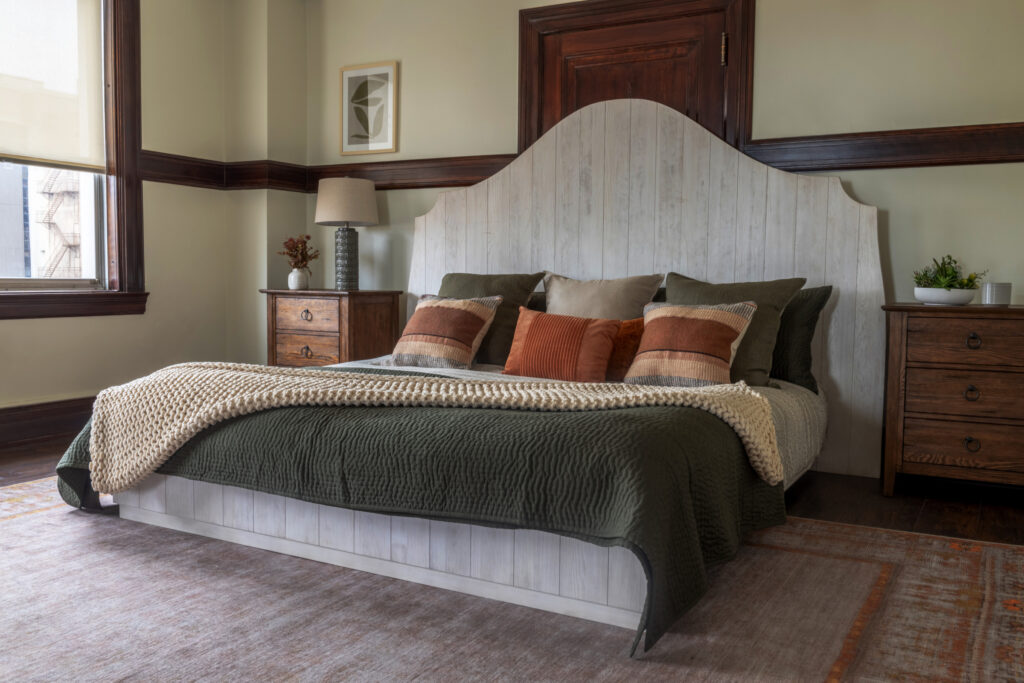
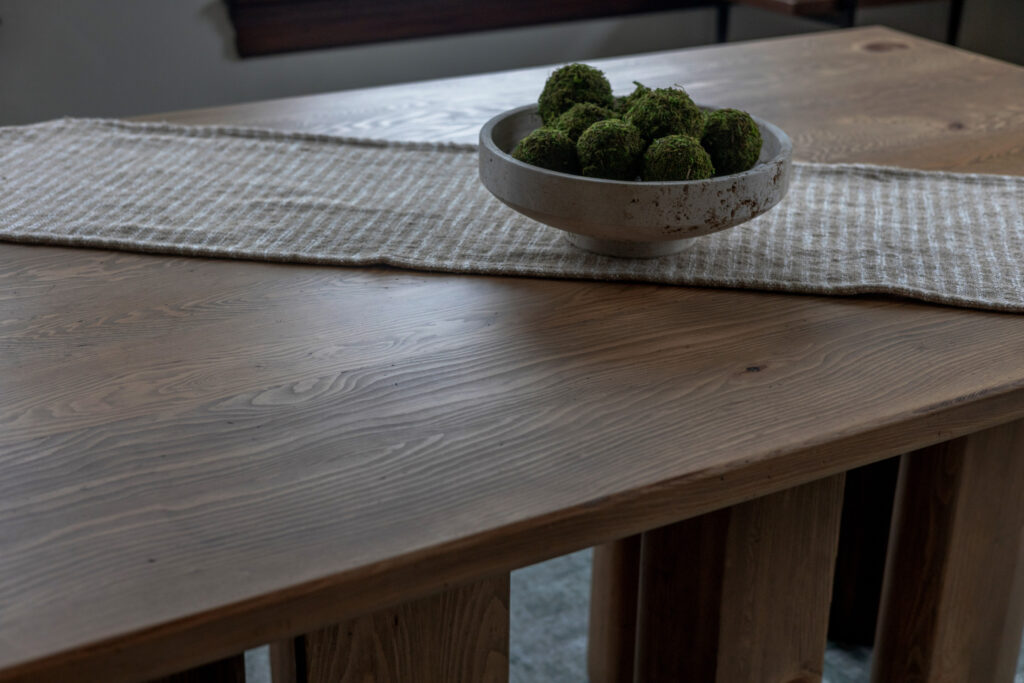

About Canadian Wood
Canadian Wood is part of Forestry Innovation Investment (FII), a Crown agency of the British Columbia Government, headquartered in B.C. Canada, with satellite offices in Vietnam and India. Through market development programs, Canadian Wood promotes and supplies information about softwood products from British Columbia to wood industry professionals, and connects furniture manufacturers, designers, and wholesalers with leading softwood suppliers from B.C.
Try Canadian Wood
Looking for the right grade and wood species to achieve the desired design, color, and appearance for your next project? To better help you understand the color and overall appearance of Canadian softwoods, Canadian Wood offers small wood samples for you to work with. Visit canadianwoodbc.com.